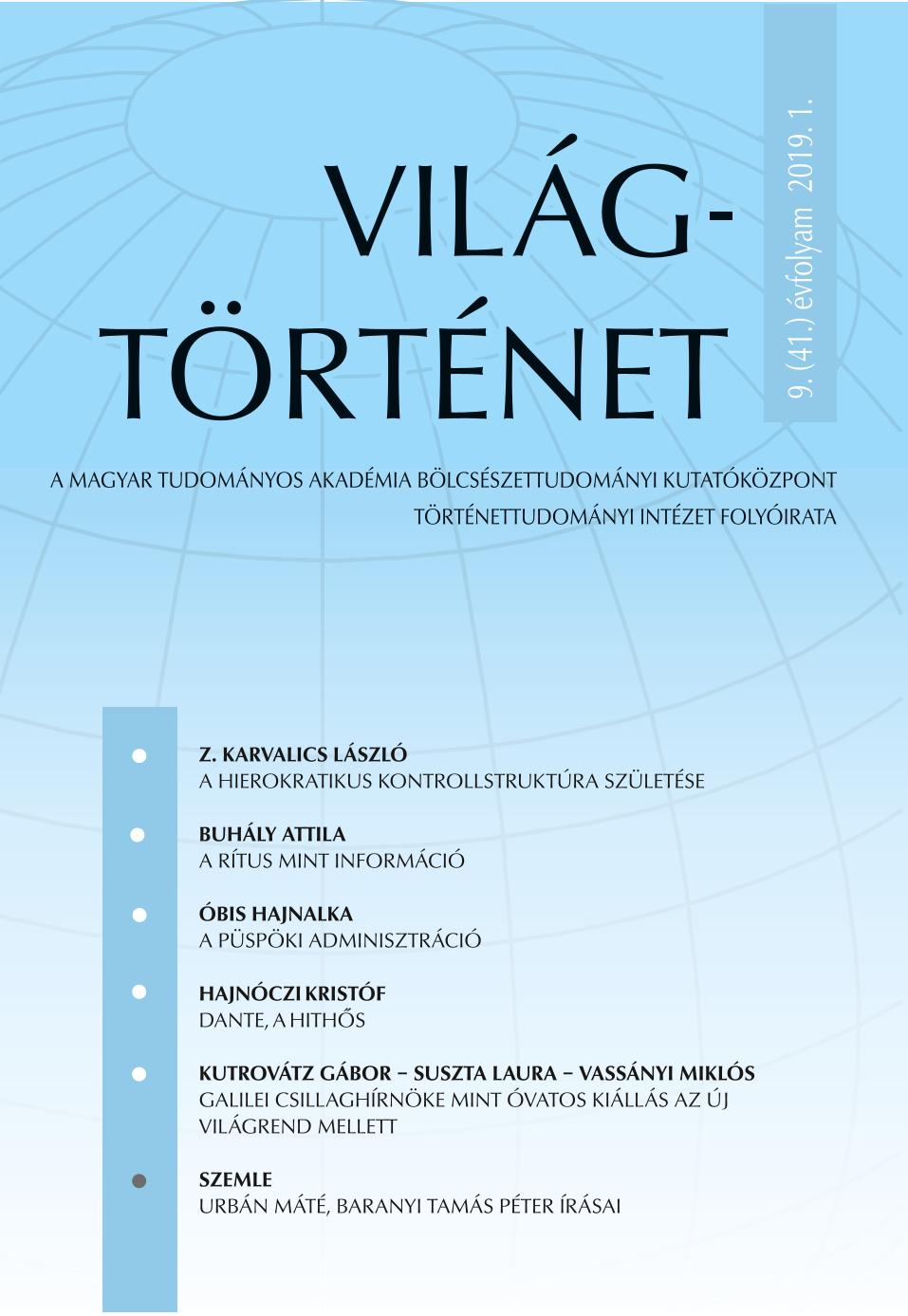„Quo vadis, Domine?” Az evangélium terjedésének lehetséges útvonalai
“Quo Vadis, Domine?” Possible Propagation Paths of the Gospels
Author(s): Erzsébet HannySubject(s): Ancient World, History of Religion
Published by: Magyar Tudományos Akadémia Bölcsészettudományi Kutatóközpont Történettudományi Intézet
Summary/Abstract: In the Roman Empire, after the initial persecution, Christianity was accepted in 313 AD, and later became the official religion of the Empire. Naturally this took a long time to happen. It became reality by the development of a 1st century messianic movement originated in Galilee and Judea, a faraway province of the Empire, the converting activity of the Jewish Diaspora and the Apostles, and by further drifting away from the origins. Through the canon and apocryphal variations of the Acts of the Apostles–not taking the truth in the miraculous stories into account–I try to trace the footsteps of these great converting individuals. The study examines whether those routes mentioned in the sources were in existence in their times, or rather they are records of a much later time. Beside the function of these routes, i. e. caravan, military, etc, the mentality of the peoples living in the various areas of the Empire at the time is also taken into account in order to determine the possible success rate of preaching this way.
Journal: Világtörténet
- Issue Year: 2019
- Issue No: 1
- Page Range: 49-63
- Page Count: 15
- Language: Hungarian

